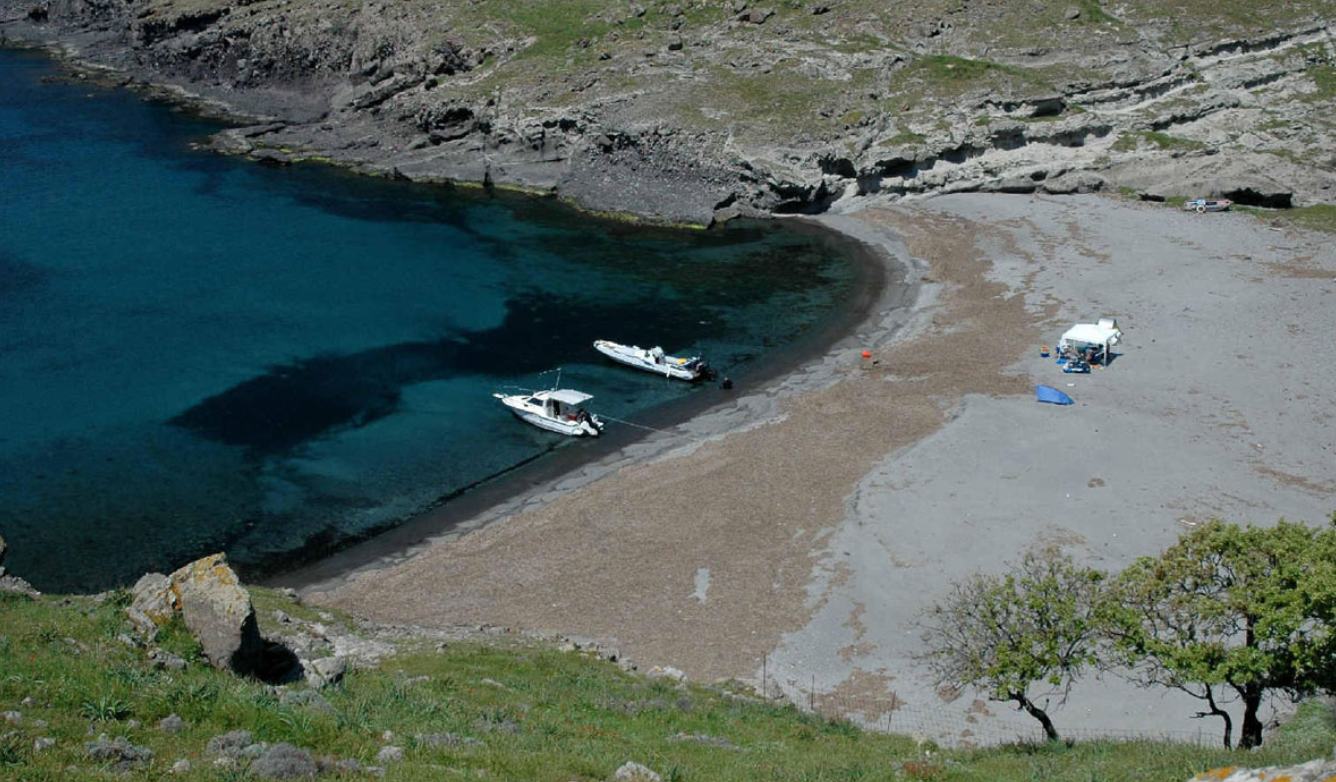Anchoring Overnight in Secluded Bays: Respect the Waves

Many of us who like living like Robinson Crusoe avoiding the overcrowding of the marinas and ports, defying in parallel, the amenities they offer. If we prefer to moor in natural bays and enjoy the loneliness of the night and to start their day diving in crystal clear waters, we must be organized, autonomous and aware of some basic things.
Secure the Boat
First, we should be aware of the prevailing winds in the areas where we plan to overnight. After we choose a bay, we tie up firmly to stay safe. Starting with the anchor, we throw it far away from the shore. The length of the anchor rode or its chain must be at least triple the depth of water where we moor but do not hesitate to allow even more length. The United States Coast Guard recommends a scope of seven times the water's depth. Then determine that the anchor is stable by firming up the rode. To be even more certain, verify by diving down with a mask to take a look.
After we have ensured our anchor’s security, we turn to the stern lines. Many boaters do not pay the required attention as far as they are concerned, but these ropes do more of the work holding the boat in place. They receive the most strain especially when there are strong winds from the land. So, we tie up with two stern ropes that form an angle between them of 40 to 90 degrees to the stern of the boat. This way, we minimize the boat shifting to the side. If the lines form a bigger angle, there will be less side shifting. Choose stable places on land such as tree trunks or big rocks to secure the stern lines.

Ride the Waves
The stern lines and the anchor rode must have some slack. That means that they should never be stretched but slacken in order to allow the boat to "work" at the sea. This lets the boat follow the waves harmoniously, not resist them. Otherwise, the strain on the lines and cleats will be huge.
We should always be cautious with the sea. The offshore winds that will probably break out after midnight come with strength that can put us into dangerous adventures.
So, when we anchor for the night, we must get used to tying up as if we are waiting a storm to break out. Checking the anchor and an extra knot or rope does not take more than a few minutes.

Summarizing
To sleep peacefully during summer nights anchored at a natural by, we should always do the following:
- Choose a bay with a south-facing entrance and stay aware of weather changes
- Always tie up as if there’s going to be a storm.
- Observe the places where the local fishermen tie up when they spend the night.
- Remember that the anchor and stern lines are equally important.
- Start out by spending the night with more experienced boaters.